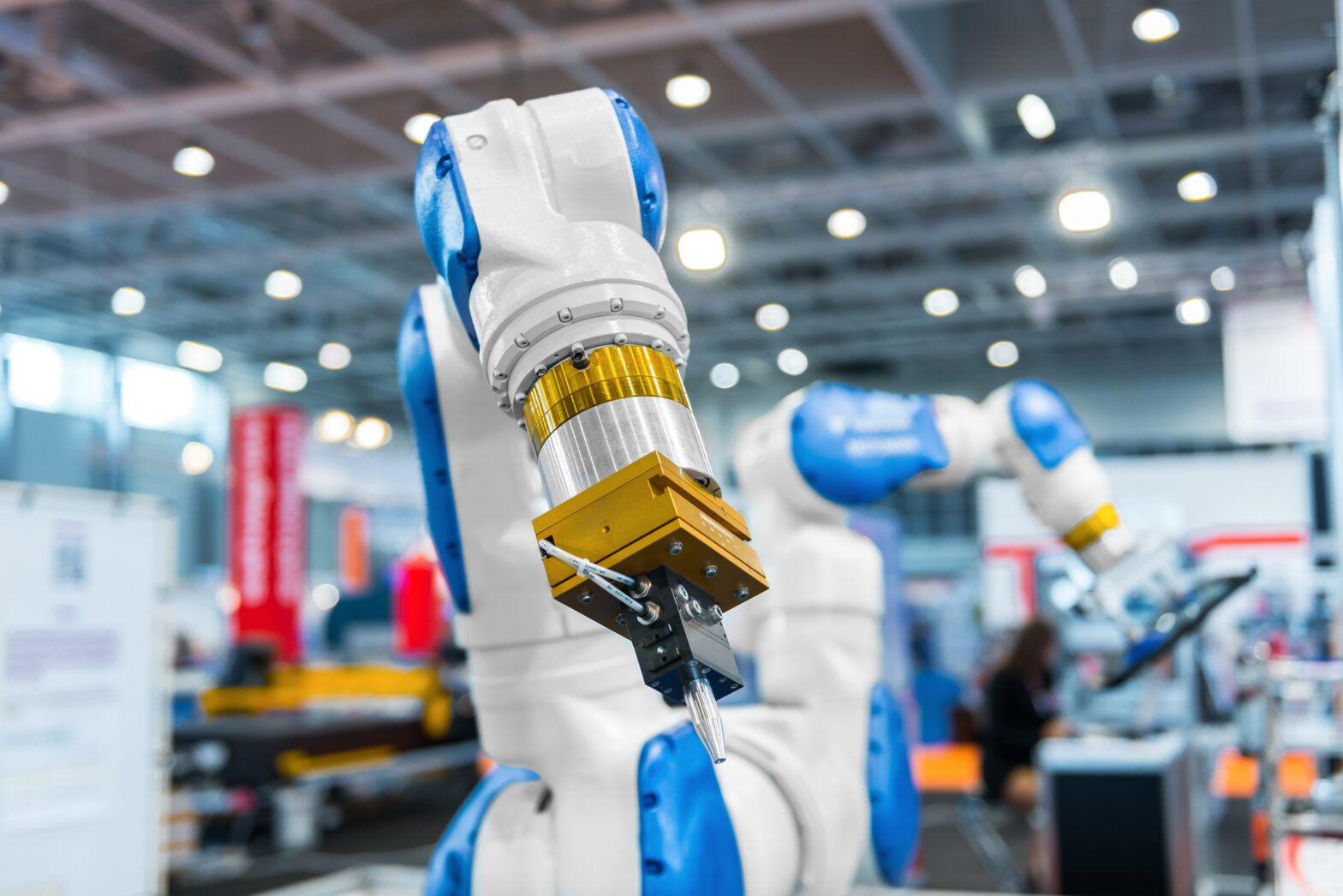The sheer volume of information being gathered across networks, coupled with the continuing evolution of the networks themselves as NFV, SDN and 5G technologies come into play, has created the need for radically increased automation.
Humans are now too slow and too costly to handle many routine interactions, and millennials and the generation below don’t like communicating with call centre staff anyway.
However, customers still want to feel they’re being cared for by the companies they buy services from. In 2017, four trends will come to fruition and lead the way to successful yet increasingly automated customer interactions.
>See also: Automation: a new frontier of the human-machine partnership
1. Machine learning and artificial intelligence
For organisations looking to provide rich experiences to their customers while still maintaining profitability, automation is the only answer.
However, many of the negatively viewed impersonalities of automated solutions can be concealed by the effective utilisation of machine learning and artificial intelligence.
For example, if machine learning is deployed, a system can learn that certain patterns of behaviour suggest what will happen next. For mobile operators, that might be a signal of impending fraud or a customer complaint.
Machine learning enables the system to understand that an interaction is needed to avoid the next step and artificial intelligence can be applied to determine the right response given the previously learnt preferences of the customer.
This will be important in 2017 because companies are already making investments. Analyst firm ABI Research has projected that mobile operators alone will spend more than $50 billion on big data and machine learning analytics between now and 2021, with the greatest growth coming in predictive analytics.
The firm has pointed out that machine learning excels at spotting anomalies and therefore it expects the market for predictive analytics based on machine learning to grow at almost 50% CAGR to reach $12 billion in five years.
2. Personalisation
There’s an increasing expectation that although we’re only one of hundreds of thousands or millions of customers, we expect to be treated by our service providers as an individual.
It’s no longer good enough to be handled by crude demographic segmentation that lumps everyone of the same age group or geographic location together.
The expectation is for hyper-personalised interactions from providers that take into account previous purchasing activity, likely interest in specific offers, how the customer prefers to be communicated with, and what channels they find appealing.
In today’s multi-channel world, the challenge for organisations is to communicate across all these channels in a consistent way, according to their customers’ preferences.
2017 will see a growing maturity in the personalisation activities of businesses as they draw on past experiences, not all of which were positive, and new technologies to segment their marketing and customer communications down to a market of one.
The personalisation game has moved on – customers no longer accept being a number. They want to be addressed in the manner they have chosen and to have offers made to them that are attractive to them alone.
3. Design-led CX
The customer experience (CX) has been led and controlled by systems and processes but, as increased personalisation becomes a customer preference, the limitations of customer communications are being ever more highlighted.
It’s counter-productive to invest in artificial intelligence, omnichannel consistency, big data analytics and machine learning if the customer is still approached by communications in an unattractive format.
Design-led communications enable companies to converse with customers, giving the impression they know and care about them and understand what each customer likes to see.
Design-led CX means an experience that is attractive to a customer and can encourage them to reveal further preferences, thereby adding depth to the existing relationship.
This can then be added to by sending the most relevant content for them to them, framed in the right tone of voice based on their signalled emotions.
Design-led CX will become mainstream in 2017 because design is a major area of customer experience that has been neglected. Good design adds so much value to the customer’s experience and is relatively straightforward to rollout business-wide.
4. Chat bots and natural language
There’s now a need for companies to offer natural language understanding and build it into the omnichannel experience that they provide for their customer.
Natural language understanding allows users to ask questions in normal, everyday language and get the responses that they are looking for.
However, it is difficult to achieve effectively. It requires domain-specific algorithms, which can understand what the customer is looking for in a complex service provider multi-product, multi-device, multi-offering catalogue.
>See also: The rise of intelligent automation in the workplace
The natural language understanding algorithms look considerably different for a customer ordering an Uber taxi or a pizza with all the trimmings, which are both simple interactions, from that where a customer wants a new mobile device with a specific service plan that will provide the right amount of data that they need at the right price.
During 2017, natural language understanding will play a more prominent role in consumer services. Smart TVs and streaming services, as well as IoT and smart homes, will see the beginning of this change.
The first commercial natural language understanding-based apps started to appear on the market in 2016. Millennials will gravitate towards smartphone apps and web apps while avoiding phone call interactions.
Siri and other personal digital assistants will continue to improve, putting more pressure on different industries to understand their customers’ natural language requests.
It’s time for service providers to start reaching out to vendors to help them develop their own domain-specific natural language understanding algorithms and touch points, or risk being turned into a commodity by a company that can do it better.
Sourced from Alan Coleman, CEO, Brite:Bill







